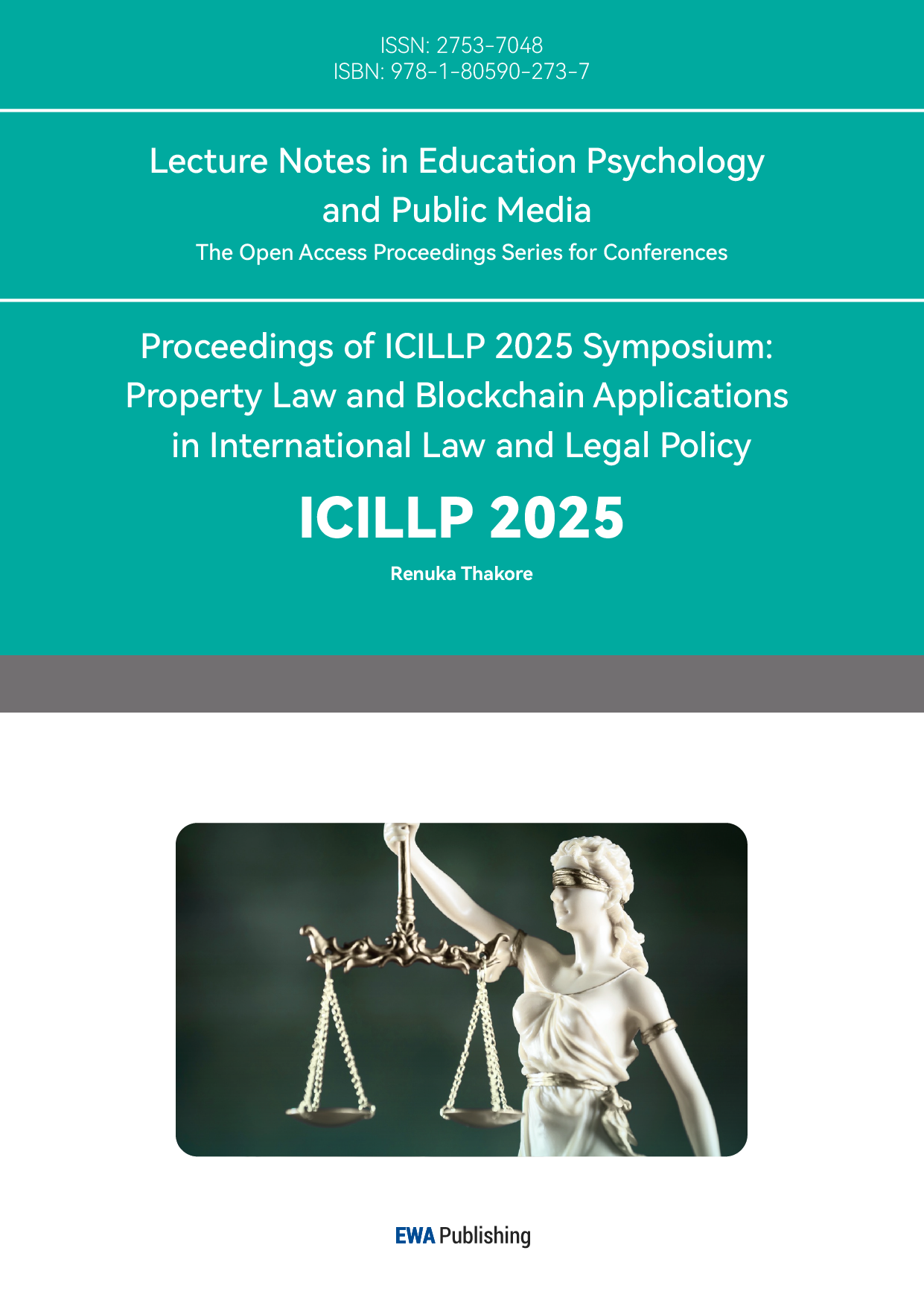References
[1]. Court of Queen’s Bench. (1892). Cleaver v Mutual Reserve Fund Life Association, 1 QB 147.
[2]. Australian Bar Review. (2016). Administration of intestate estates [Editorial]. Australian Bar Review, 43, 142.
[3]. Supreme Court of Victoria. (1972). Re Giles (deceased), [1972] VR 353.
[4]. Davis, R. (2021). Application of the common law forfeiture rule to the unlawful killing of a joint tenant. Australian Property Law Journal, 29(3), 241–259.
[5]. Parliament of New South Wales. (1995). Forfeiture Act 1995 (NSW).
[6]. New South Wales Law Reform Commission. (2003). Report 95: The Forfeiture Rule. NSWLRC.
[7]. Victorian Law Reform Commission. (2013). Succession Laws: Consultation Paper. VLRC.
[8]. Supreme Court of Victoria. (1997). Re Estate of Soukup, [1997] VSC 143.
[9]. Supreme Court of New South Wales. (2001). Public Trustee v Hayles, [2001] NSWSC 59.
[10]. Supreme Court of New South Wales. (1994). Troja v Troja, 33 NSWLR 269.
[11]. Supreme Court of New South Wales. (1994). Troja v Troja (No 2), 33 NSWLR 299.
[12]. Burns, F. (2022). Varying the forfeiture rule: The decision in Re Settree Estates. Research and Practice in Estate Planning, 23(3&4), 29–38.
[13]. Supreme Court of New South Wales. (2010). Estate of Sharpe, [2010] NSWSC 1426.
[14]. Supreme Court of New South Wales. (2022). Re Settree Estates; Robinson v Settree, [2022] NSWSC 1329.



